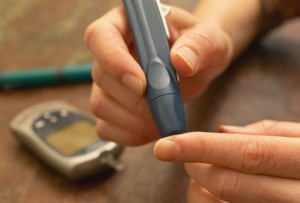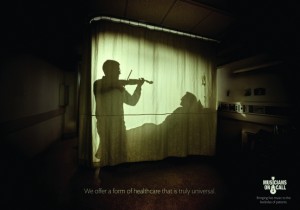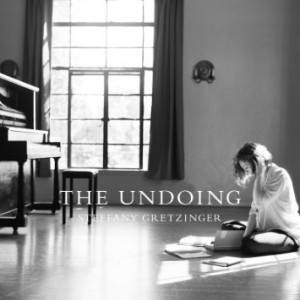Canadian Health and Care Mall: Blood Glucose Testing
BLOOD GLUCOSE TESTING
I have trouble obtaining enough blood to perform a blood sugar test. Is there anything that I can do to make this easier?
The good news is that many of the new meters need only tiny amounts of blood in order to perform a test. However, if you are having trouble obtaining enough blood then try warming your hands by washing them in warm water before you start, and drying them thoroughly before pricking your finger. When squeezing the blood out of your finger, try ‘milking’ the blood out gently, allowing the finger to recover between each squeeze. Do not squeeze so hard that you blanch the finger white. 
I am about to buy a meter that allows blood to be taken from the arm. Are there any problems with arm testing?
At the time of writing there are three meters that allow blood for testing to be taken from the arm. They are the OneTouch Ultra from LifeScan and the FreeStyle Freedom and Freestyle Mini from Abbott. The OneTouch Ultra and FreeStyle use strips that allow a tiny blood sample to be taken, which makes arm testing feasible. Under certain conditions, samples taken from the arm may differ significantly from fingertip samples, such as when blood glucose is changing rapidly:
- following a meal;
- after an insulin dose;
- when taking physical exercise.
Arm samples should only be used for testing prior to, or more than two hours after meals, an insulin dose or physical exercise. Fingertip testing should be used whenever there is a concern about hypoglycaemia (such as before you drive a car), as arm testing may not detect hypoglycaemia. Obtaining sufficient blood from the arm is not always easy but for some it is a welcome alternative to fingertip pricking. Your health professional should be consulted before you begin arm testing.
facebook Canadian Health and Care Mall – new article and news. Subscribe.
I have heard that there is a way of obtaining blood from a finger using a laser. Is this true?
The Lasette is a single shot laser that makes a small hole in the finger to obtain a drop of blood, but it is not a blood glucose monitoring device. The use of laser light, as opposed to a steel lancet, reduces tissue damage, and many users of the device report feeling less pain than when using a traditional lancet. It weighs just less than 260 g (9 02). However, it is very expensive. It is slightly smaller than a videocassette.
I would like to measure my own blood glucose levels, but as I am now blind I do not know if this is possible. Can it be done?
After a long spell when no speaking meters were available there is now the new SensoCard Plus Meter which will speak instructions and also speak the result. The meter has recently come down in price. Strips are available on prescription and your pharmacist would need to contact the company, Cobolt Systems Ltd, directly. It also supplies control solution to check that the meter is working properly, and software to download results from a computer.
Source: Canadian Health and Care Mall at acanadianhealthcaremall.com



